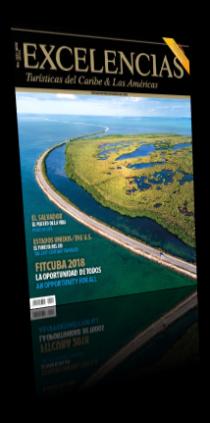- Touching the End of the World!
MANY PILGRIMS OF CAMINO DE SANTIAGO STRETCH OUT THEIR WALK TO FINISTERRE, A PLACE CHARACTERIZED BY AWESOME SCENERY AND LURING TRADITIONS
The legend goes that the disciples that carried Santiago’s body traveled to
Dugium –today’s Finisterre– with a view to ask permission to the Roman authorities to bury the apostle in a place that centuries later became Santiago de Compostela, the final destination for many pilgrims now.
This is the most accepted version that explains away the reason why the route was stretched out beyond the iconic cathedral, or the origin of the Finisterre’s Path that many people set out to cover in three stages for a grand total of 90 km. It’s a route that runs through towns perched on Santiago’s inland countryside, towns that still rely on a farming culture and boast tremendous ethnographic interest, places that let pilgrims enjoy the many horreos –facilities built and equipped to dry, cure and store corn and other cereals before they are podded and ground-, the cruceiros (stone crosses) and other examples of Galicia’s local and most rural architecture.
The number of people to want to reach out to the sea is on the rise with each passing year, the reasons to stretch out the route vary. Some are driven by religious faith; others are moved by the desire to comply with heathen rituals. However, all of them are compelled by the illusion of living a peerless experience right in the same place that was once considered the end of the world before the discovery of the Americas.
For many pilgrims, getting down to the sacred tip of Finisterre, just 3 km away from the town, means a symbolic way to wrap up the Camiño das Estrelas (Path of the Stars), which equals to starting a new life after having cast away all the sins and the burden of the material world.
On the tip of the narrow strip of land that slides into the sea –the tradition goes- is where the pilgrim falls down on his knees shaken by emotion, and then burns his boots and part of his clothes as a purifying ritual. This pagan-rooted act –the local city hall has even tried to ban it due to the damaging effects on the environment- is the symbol of a born-again life.
For many years, this place was believed to be the site where the sun used to go out every night –the Finis Terrae. Therefore, it’s customary for many pilgrims to watch the sunset right on that spot. This might not be the most beautiful sunset in Europe, but it’s definitely the most mystical of all. As they watch the sun sinks into the sea, they hope to make out the famous “green ray”. In the meantime, the local lighthouse is turned on and every so often rounds of applause break the silence.
Since 1893, this is the westernmost lighthouse built in the Old World, and therefore, the closest to the Americas. The esplanade provides breathtaking views of the ocean and of the entire Ría de Corcubión. It’s also a beacon for whoever wants to cherish graphic keepsakes related to the route, such as photographs of the “0” mile marker or the end of the road, or the sculpture of the pilgrim’s boot that’s carved in the rocks.
Those who complete the Camiño for Christian religious reasons, most of them walk all the way to the Church of Santa Maria das Areas, located by the road that leads to the lighthouse. It’s there where they worship the Holy Christ of Finisterre and traipse past the Holy Gate on the north wall of the temple and occasionally open during the Jubilee Years, in an effort to receive indulgence.
But these are not the only traditions that feed the pilgrims’ souls on Galician soil. One of the most coveted rituals among visitors is the bath at the Praia de Langosteira, though some people just do it at the Mar de Fóra, eager to shake off the dust before stepping onto the sacred tip and put an end to their long walk.
Before heading back home, there’s a bunch of details that should never be passed up. One of them is the mandatory visit to the Albergue da Fin do Mundo (The Inn at the End of the World) to get the Finisterre which, just like the Compostelana handed over when the pilgrim gets to the Cathedral of Santiago de Compostela, is the document that officially certifies that the pilgrim has completed the path.
And since Finisterre is a town of marine traditions, you cannot help by dropping by the marketplace at the end of the harbor and taste the best fish and shellfish caught in the choppy waters of Costa da Morte, just another mandatory visit and a genuine gift for all the senses.





























































































































